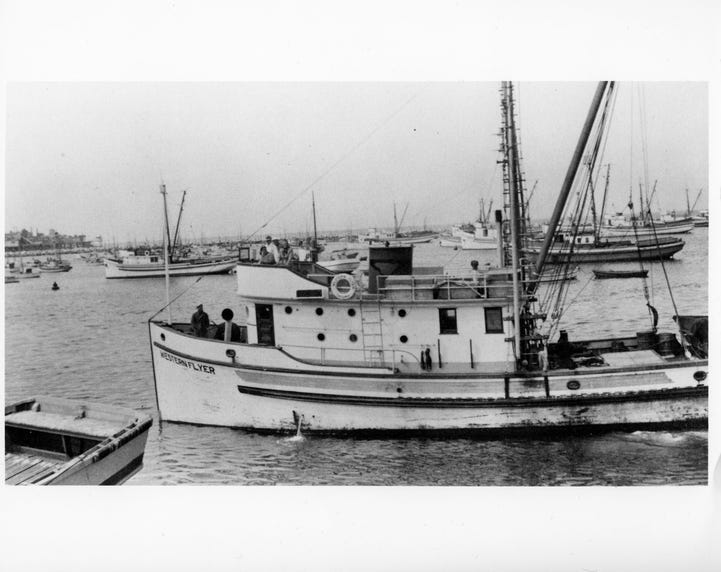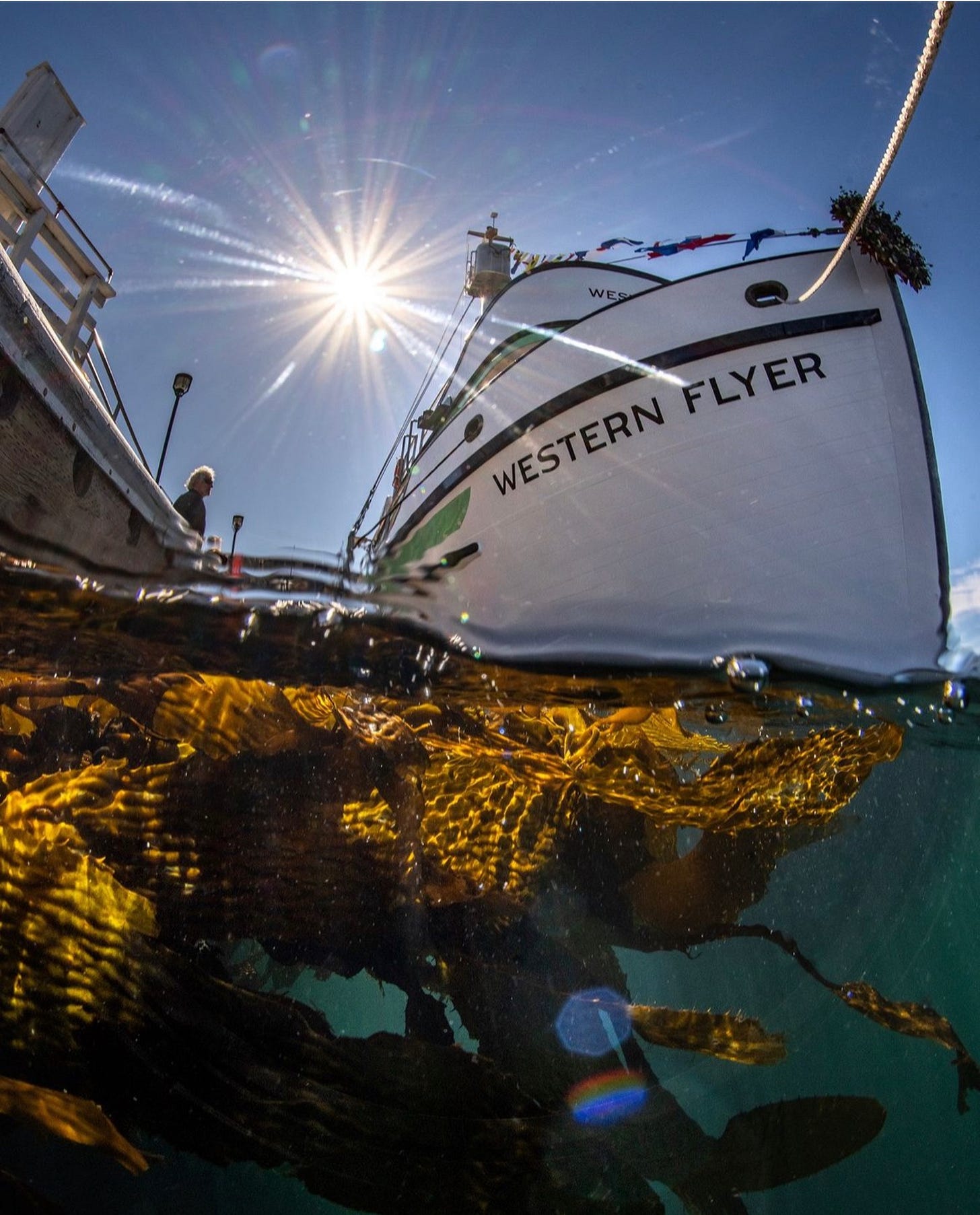Embarking on a voyage
The subtle waves lap against the wooden hull of the boat as the vessel pushes over the aquamarine waters, its weight and structure displacing each hydrogen and oxygen molecule for a split moment, dispersing water droplets across the face and eyelids, then just as rapidly, they reconfigure, adhering together like glue. The soft creak of 6 bow as it wedges deeper through the iridescent waters, gliding effortlessly along the sheen surface of the sea. The air is warm on the skin, with the sun dancing across the surfaces, refracting off of light and shadowy objects. When the sea opens itself to our life pulse, we recognize our main purpose as we glide across the Gulf of California that is teeming with life. Schools of fish, migratory whales, bottom feeders, mollusks living on rocky crevasses and micro feeders all inhabit this body of water. A call from a seagull flying overhead awakens the senses within this elusive geography of the northern hemisphere.
Imagining a moment on the journey of marine biologist Ed Ricketts and author John Steinbeck voyage aboard the Western Flyer. In 1940, their 6 week long exploratory journey was an early history of firsthand records about the large body of salt water, also known as the Sea of Cortez, with a goal to study the diversity of species inhabiting these waters and the adjacent habitats.
How did their first voyage delve into our need for systemic sustainability and conservation? Today, the gulf of california and its surrounding areas are federally and internationally protected by UNESCO because it is one of the world's most intact ecosystems containing almost 1000 fish species, one-third of all invertebrates, over 700 vascular water plant species, reptiles and amphibians, crustaceans, and ⅖ of the marine mammals(1).
Original Western Flyer circa 1940 Photo credit: San Jose state university
In 2015, John Gregg, marine geologist and founder of Western Flyer Foundation restored the same vessel, from stern to bow, in order to continue its use as a mechanism for marine study throughout the Gulf of California. This year, from March - June, scientists, all-age students, conservationists and local communities of Baja California and Baja California Sur were participating on this important project which promotes valuable research opportunities for greater environmental awareness and reassurance.
For now, we watch their departure. In french, we say “Bon voyage” and in Spanish “Buen viaje” because we know that the journey is not over. The Western Flyer will stay afloat for many years in the future, providing a learning platform to students and citizens alike. As stewards of the planet, how we address species loss and climate change is to integrate ourselves within the natural world. We are a part of the ecosystems and lands which make up the land, oceans and atmosphere. Otherwise, we will miss our chance to be a part of the plane of existence, which is everywhere and in everything. No, we cannot be afraid of breaking the glass ceiling as many scientists beforehand have “studied” a species or a habitat in a non-subjective method. We can truly ask ourselves based on past records and the current influx of our rapidly changing world, is this a successful method?
Photo credit: The Western Flyers Foundation
In the introduction of Log from the Sea of Cortez, John Steinbeck says:
“Let's go wide open. Let's see what we see, record what we find, and not fool ourselves with conventional scientific structures. We could not observe a completely objective Sea of Cortez anyway, for in that lonely and uninhabited Gulf our boat and ourselves would change it the moment we entered. By going there, we would bring a new factor to the Gulf.”
Check out the blog on thewesternflyer.org to follow their journey and sign up for their newsletter. #stircuriosity
Source: https://www.ebsco.com/research-starters/social-sciences-and-humanities/islands-and-protected-areas-gulf-california





